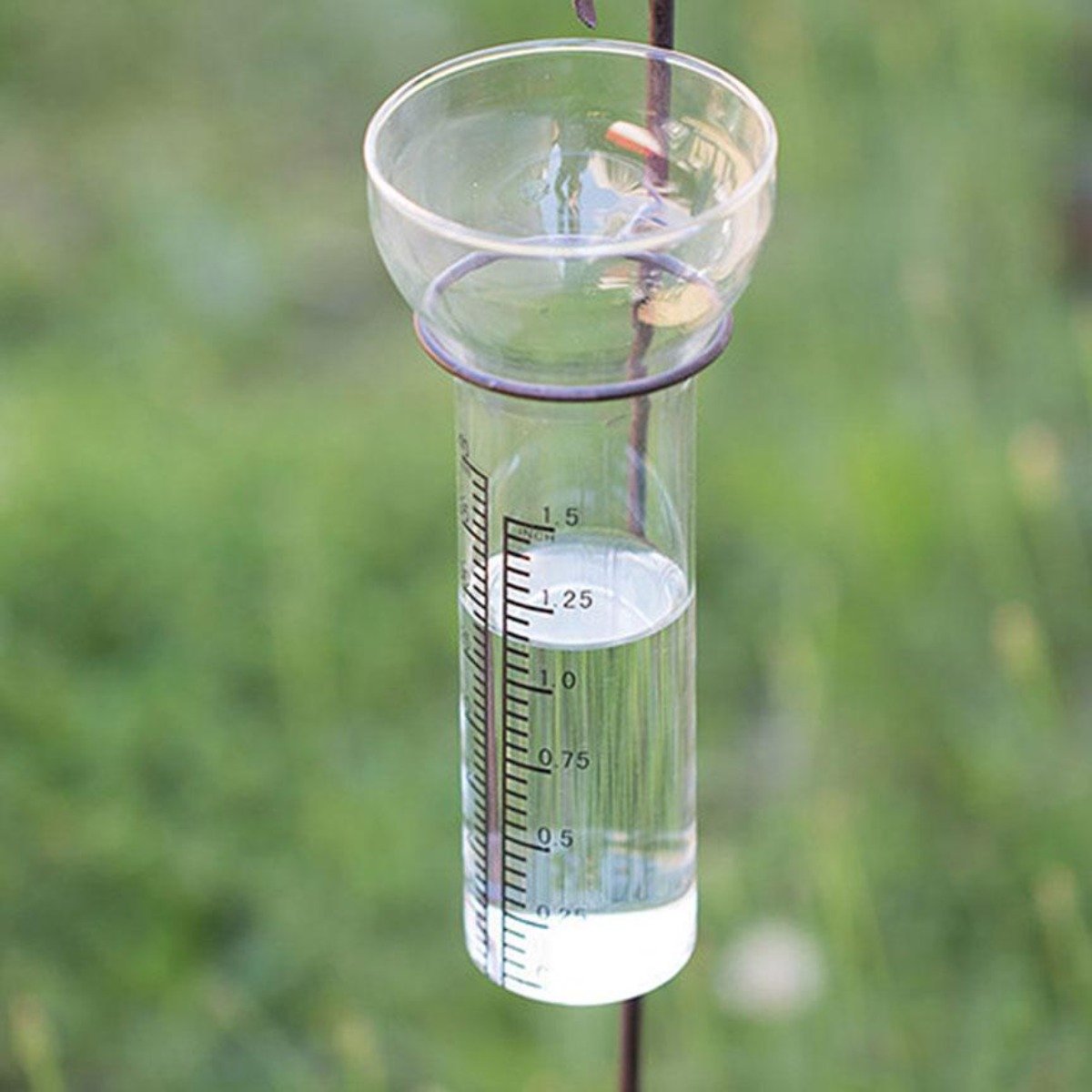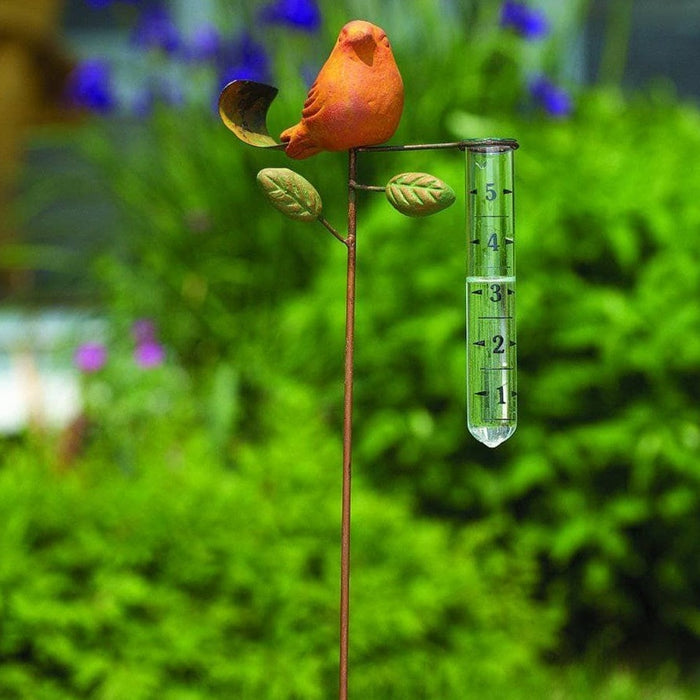Understanding the Science Behind The Rain Gauge: Insights and Innovations Unveiled
Understanding the Science Behind The Rain Gauge: Insights and Innovations Unveiled
Blog Article
How to Choose the Right Rainfall Scale for Accurate Rain Information
Exact rains information is important for numerous markets and tasks, such as weather forecasting, agriculture, and water resource management. To obtain trusted dimensions, it is necessary to choose the best rainfall scale. This overview aims to provide important insights into the option process, permitting you to make enlightened choices. Considering factors such as location, type, and accuracy of the rainfall scale will assist make sure accurate data collection. Furthermore, comprehending the upkeep and calibration treatments will certainly add to the durability and dependability of your rainfall scale. By following these guidelines, you can guarantee accurate rains data, allowing better decision-making and preparation for various applications.
Value of Selecting the Right Rainfall Gauge
The relevance of picking the right rainfall scale exists in obtaining reputable and accurate rainfall data for exact atmospheric evaluation. Rainfall information is vital for a large range of applications, including climate projecting, hydrological modeling, and climate research study. Unreliable or inaccurate information can result in wrong final thoughts and flawed decision-making processes.

Second of all, the precision and precision of the rain gauge are vital. The scale ought to have the ability to gauge rains with high precision, catching also little amounts of rainfall precisely. It should additionally decrease errors due to dissipation, wind, and various other environmental aspects. Regular calibration and upkeep are important to ensure continuous accuracy.
Additionally, the area and installment of the rain scale are critical considerations. It ought to be put in an open area, away from obstructions that could influence rains dimensions. The gauge must be placed at a proper height and angle to stay clear of spilling and ensure correct catchment of rainwater.
Factors to Consider When Choosing a Rainfall Scale
When selecting a rain scale, there are numerous essential factors to think about. There are different types offered, including conventional rain gauges, tipping bucket rain assesses, and evaluating rain assesses.
One more element to take into consideration is the material of the rain scale. Rainfall evaluates can be made from numerous materials, such as glass, plastic, or metal. The material picked ought to be durable and resistant to weather problems, making certain that the rainfall scale will stand up to the aspects and give precise measurements gradually.
Accuracy is also a critical factor to think about. Look for rain assesses that have actually been calibrated and tested for accuracy. Functions such as anti-splash rings and funnels can additionally enhance the precision of the measurements.

Finally, think about the environment and environment in which the rain scale will be used. Various rain evaluates are appropriate for different climates, so it is necessary to select one that is proper for the conditions in your location.
Different Sorts Of Rain Gauges Readily Available
To better discover the elements to take into consideration when choosing a rainfall scale, it is crucial to understand the various kinds of rainfall evaluates offered. The most typical type is the standard rain gauge, likewise understood as the round rain scale.
One more sort of rainfall scale is the tipping bucket rain gauge. This gauge makes use of a seesaw-like system to gather and measure rains. As the rainfall falls under the gauge, it fills out one side of the pail, triggering it to tip and empty the water. The variety of pointers is counted digitally to figure out the quantity of rains. Tipping bucket rainfall determines are prominent for their accuracy and capability to measure rains strength.
A third kind of rainfall scale is top article the considering rainfall gauge. This gauge uses a balance system to determine the weight of the collected rainfall. As the rainfall falls into the scale, it is accumulated in a container attached to a balance. The weight of the water is determined, and the rainfall amount is computed based on the weight. Considering rainfall gauges are very precise yet can be more costly and require routine upkeep.
Finally, there are additionally remote rain determines that use progressed technology to determine rainfall (The Rain Gauge). These assesses use sensors and transmitters to send information wirelessly to a central system. Remote rain assesses are practical for keeping track of rainfall in hard-to-reach areas or for large-scale data collection
Just How to Determine the Precision of a Rainfall Scale
One method to examine the precision of a rainfall scale is by performing routine calibration measurements. Calibration includes contrasting the analyses of a rainfall gauge to a standard dimension, such as a qualified rainfall scale or a weather condition terminal with high accuracy. By contrasting the dimensions, any type of inconsistencies or errors in the rain scale can be identified and represented.
To conduct a calibration measurement, start by gathering rains data from both the rainfall scale and the conventional measurement gadget over a particular period, such as a month. Compare the readings and calculate the difference in between them. This distinction is referred to as the calibration error.
It is essential to note that calibration measurements should be done frequently, as environmental variables, such as temperature, particles, and wind, can influence the precision of the rainfall scale with time. By carrying out routine calibrations, any changes in the accuracy of the rainfall gauge can be discovered and changes can be made appropriately.
In addition to calibration, it is likewise recommended to clean and keep the rainfall gauge frequently to ensure its precision. Remove any particles or obstructions that might affect the precision of the dimensions, and inspect for any kind of indications of damages or use that might need repair work or substitute.
Tips for Keeping and Adjusting Your Rain Gauge
Routine upkeep and calibration are essential for making certain the accuracy and dependability of your rainfall gauge in determining rainfall data (The Rain Gauge). By following a few easy ideas, you can make certain that your rainfall scale is correctly preserved and adjusted
Firstly, it is important to cleanse your rain scale routinely to stop any particles or dirt from obstructing the rain collection device. Use a mild detergent and a soft brush to carefully clean up the inside and beyond the scale. Wash it completely with tidy water and permit it to completely dry entirely prior to reinstalling it.
Second of all, it is recommended to adjust your rainfall gauge at the very least once a year. Calibration includes contrasting the dimensions of your rainfall gauge with those of a trusted and accurate recommendation scale. This will assist you recognize and deal with any kind of possible errors in your rainfall gauge's measurements.
To calibrate your rainfall gauge, collect a well-known volume of water utilizing a determining container and contrast it with the dimensions tape-recorded by your rainfall gauge. Adjust the analyses as necessary to guarantee precision.

Verdict
In conclusion, selecting the best rain gauge is important for getting accurate rains data. Factors such as budget, function, and place must be Learn More Here considered when picking a rain scale.
There are different kinds offered, including standard rainfall gauges, tipping bucket rain evaluates, and considering rain evaluates.To better discover the variables to take into consideration when selecting a rain scale, it is essential to recognize the various types of rain gauges readily available. The most common type is the common rainfall gauge, additionally understood as the round rainfall scale.Another kind of rain gauge is the tipping container rainfall scale. Calibration involves comparing the analyses of a rain scale to a common measurement, such as a certified rainfall gauge or a climate terminal with high accuracy.
Report this page